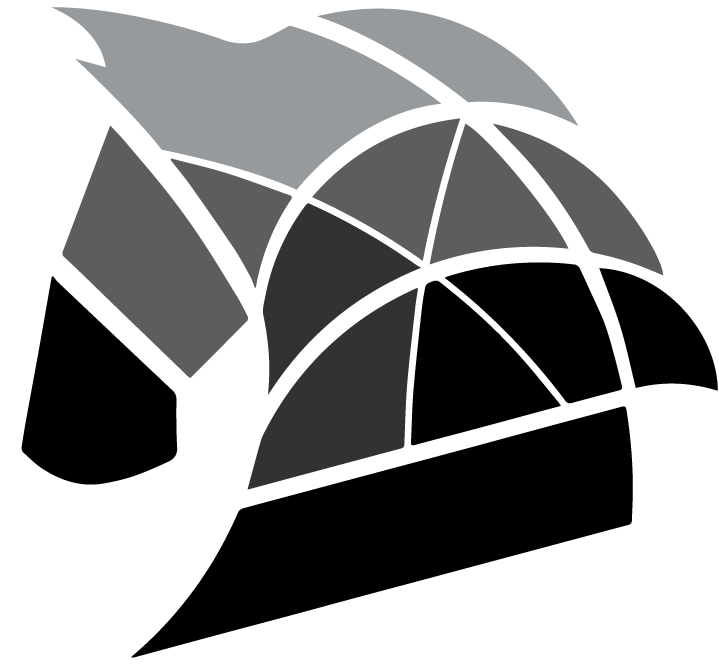Equestrian clubs should be designed and operated with the safety of horses and riders at the forefront. Security measures ensure that club areas provide a safe and healthy environment, both physically and operationally. Here are the headings and detailed explanations about the security measures that should be considered in equestrian clubs:
1. Physical Security Measures
Barn Security:
Doors and Windows: Barn doors should be made of sturdy materials and securely locked. Windows should be made of shatter-resistant glass and properly closed. Fences and Cages: High and durable fences should be used to secure horses in paddocks. The spacing of the fences should be arranged to prevent horses’ heads or feet from getting stuck.
Paddocks and Walking Trails:
Floor Arrangements: Floors in paddocks and walking tracks should be arranged to reduce the risk of slips and falls. They should be free of mud, stones or other harmful substances. Obstacles and Track Elements: Obstacles and other elements used in horse riding trails must be safe and robust. They should not contain sharp corners or dangerous materials.
Lighting and Visibility:
Adequate Lighting: Adequate lighting should be provided for night use. In particular, paddocks, walking tracks and entrance areas should be well lit. Obstructions to Visibility: Structures or plants that obstruct visibility should be avoided. Being able to see in all directions ensures that potential dangers are recognized early.
2. Equipment and Material Safety
Equipment Maintenance:
Regular Checks and Maintenance: Riding equipment (trimmings, reins, saddles, etc.) should be checked and maintained regularly. Any damage must be repaired or replaced. Cleaning and Hygiene: Equipment must be cleaned regularly and stored in accordance with hygiene standards. The use of dirty or damaged equipment can increase the risk of injury.
Use of Privileged Equipment:
Helmet and Protective Clothing: Appropriate protective clothing, especially helmets, must be worn at all times for the safety of riders. The quality and suitability of the equipment should be reviewed. Safety Vests: Safety vests and other protective clothing should be provided for both riders and club staff.
3. Education and Awareness
Staff Training:
Emergency Procedures: Club staff should be trained in emergency procedures. Skills in dealing with fire, first aid and other emergencies should be developed. Horse Care Training: Staff should be trained in the proper and safe care of horses. Safe methods should be taught when interacting with horses.
Rider Training:
Safe Horsemanship Training: Riders should be trained on how to ride horses safely and effectively. Guidance should be given on riding techniques and safe handling. Hazard Awareness: Riders should be informed about potential hazards and risks and taught strategies for dealing with these hazards.
4. Emergency Management
Emergency Plans:
Emergency Plans: Detailed plans should be prepared for emergencies that may occur in the club. These plans should be known by all staff and reviewed regularly. First Aid and Medical Equipment: First aid kits and medical equipment should be easily accessible and always up to date. Personnel trained in first aid should be available.
Emergency Exits and Signage:
Emergency Exits: Each area should have obvious exits that can be used in emergencies. Exit routes must be clear and accessible. Emergency Signage: Emergency signs must be visible and clearly placed in all areas. Signs should clearly indicate emergency exits and safe zones.
5. Accessibility and Disabilities
Disabled Access:
Ramps and Height Adjustable Areas: Appropriate ramps and accessible doors should be provided to allow disabled people to access club areas. Special Areas: There should be specially designed areas and equipment for riders with disabilities. In addition, special care and support services should be provided for disabled individuals.
Accessible Facilities:
Disabled WCs and Other Facilities: Suitable WCs and other necessary facilities should be provided for people with disabilities in club areas. These facilities should be accessible and convenient.



